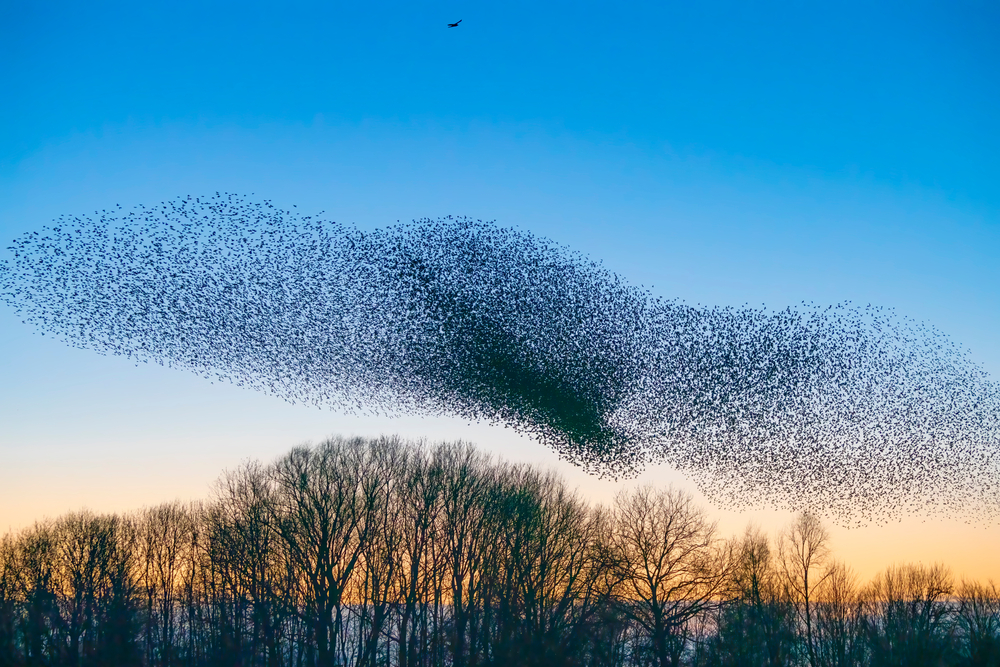Sakana AI, a Tokyo-based AI startup co-founded by former Google engineers, has secured $30 million in seed funding.
The investment was led by Lux Capital and Khosla Ventures, with participation from Japanese tech giants like Sony, NTT, and KDDI.
The startup, named Sakana, which means “fish” in Japanese, follows experimental research suggesting how smaller AI models can work in harmony, akin to schools of fish or flocks of birds, thus outperforming traditional methods of developing massive single models.
This represents a shift from the current trajectory of AI, which focuses primarily on brute-force computing and the colossal resource usage that comes with it. We’re talking about literally hundreds of thousands of high-end GPUs, all of which use more power than several high-end commercial graphics cards.
Sakana AI’s co-founders, David Ha and Llion Jones, are not new to the AI scene. Jones, in particular, is known for co-authoring a seminal paper on the Transformer model in 2017, which helped support chatbots like OpenAI’s ChatGPT.
Last year, when the company was founded, Ha explained this philosophy with a compelling analogy: “Ants move around and dynamically form a bridge by themselves, which might not be the strongest bridge, but they can do it right away and adapt to the environments.”

He further emphasizes the power of adaptation in natural systems, asserting, “I think this sort of adaptation is one of the very powerful concepts that we see in natural algorithms.”
Researchers have been pursuing ‘bio-inspired’ or ‘neuromorphic’ AI modeled on biological systems, which are extremely energy efficient and self-sustaining.
One of the best examples is the human brain itself – consider that it uses only the power of a small lightbulb. Humans can go without external energy from food for weeks, if not months, something unthinkable in technology.
Jones reflected on the superiority of the human brain over current AI technologies, stating, “The human brain still works better than our best AI,” and adds, “So, clearly, the human brain is doing something right that we haven’t quite caught on to yet.”
With this capital injection and strategic partnerships, Sakana AI is poised to expand its team and further develop its experimental nature-inspired AI techniques.




